Everything you need to know about cooking with grapes. Seasonality, variations, how to pick them, and nutrition information.
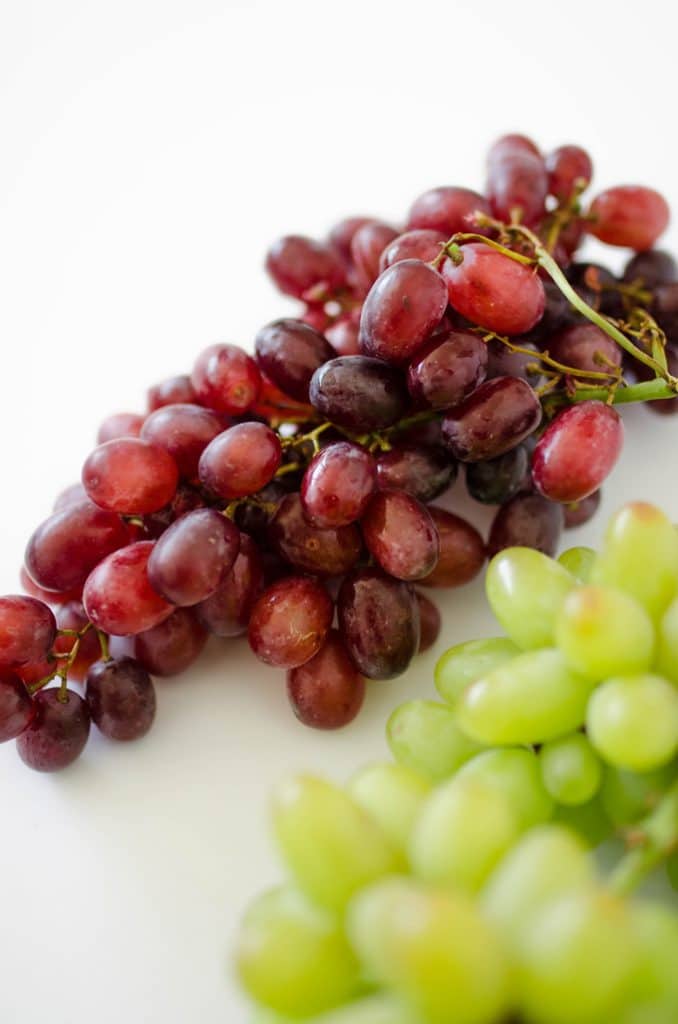
I’M BACK! After traveling about Southeast Asia for the past 3 weeks I’m happy to say that I’ve returned to the comforts of home (i.e. I’ve finally stopped sweating, I’ve gorged on western food, and I can finally sit down and write to you!) We made our way through Vietnam, Cambodia, and Thailand, and I picked up some major recipe inspiration along the way. I’ll tell you all about it later this week but for now, we’re getting right back to it with a tasty new spotlight ingredient…grapes!
I know, grapes aren’t exactly Southeast Asian or tropical or at all inspired by my trip, but I think I’ve maxed out on the amount of tropical fruit any human should consume in a one month timespan. So for the next two weeks, we’re cooking up everyone’s favorite fruity flavor bombs,
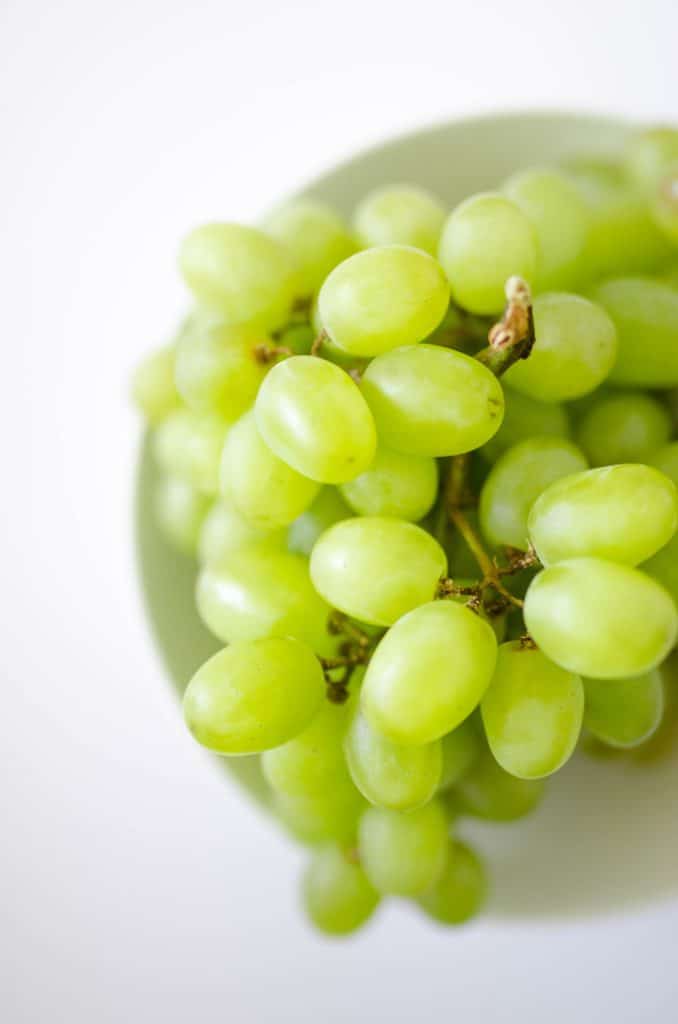
How to pick the perfect grape
Unlike bananas, grapes aren’t picked and shipped until they’re ripe, so you don’t need to worry about unripe grapes. Choose grapes that are plump and wrinkle free, with a stem that’s sturdy, green, and flexible.
When are grapes in season?
You should be able to find them year round, though they’re in their peak from June to October in the Northern Hemisphere.
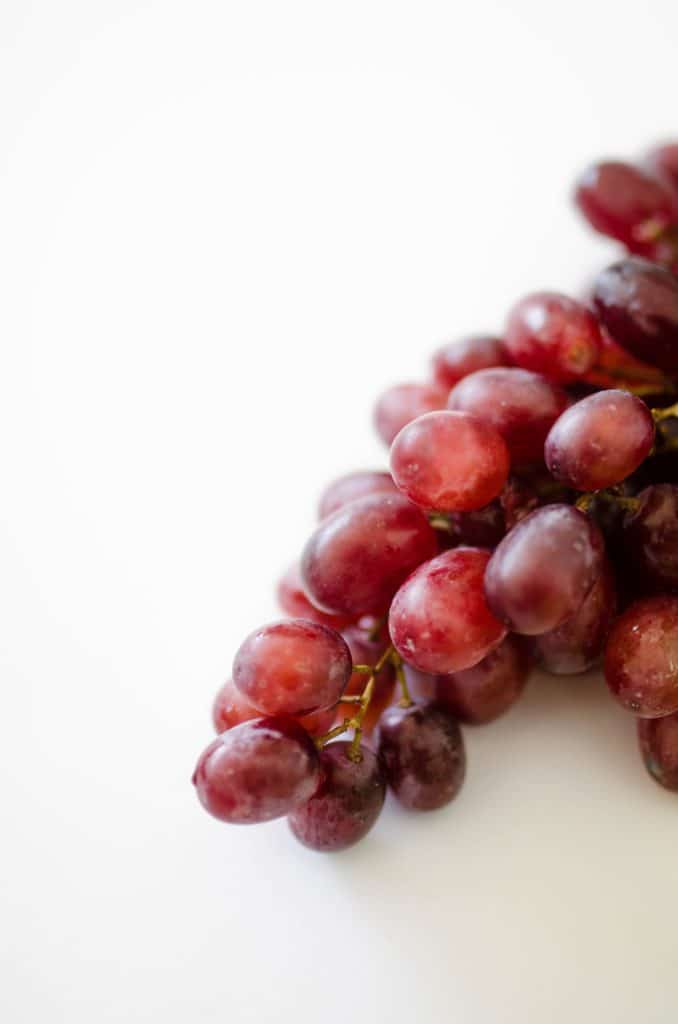
Varieties of grapes
Table vs. Wine
Table grapes are those that you can eat fresh or bake, while wine grapes are meant for fermenting into wine. Did you know that 71% of the grapes grown in the world are for the production of wine?
Seeded vs. Seedless
Seedless grapes are grown by a process called cloning. Instead of planting a seed and getting a new grape plant, a piece of an existing grape plant is planted. This existing grape plant has a mutation causing it not to have seeds, so a piece of that plant is cut off, planted, and an identical seedless grape plant springs to life! While seedless grapes are convenient and tasty, grapes with seeds are a bit healthier, as the seeds are rich in healthy fats (assuming you eat the seeds of course!)
North American vs. European
- North American grapes (Vitis labrusca): these have a “slip skin” (a skin that comes off easier) and can grow in cooler temperatures. North American grapes have a more grapey flavor.
- European grapes (Vitis vinifera): these have a tight skin and need higher heat to grow. European grapes are generally sweeter and better for making wine.
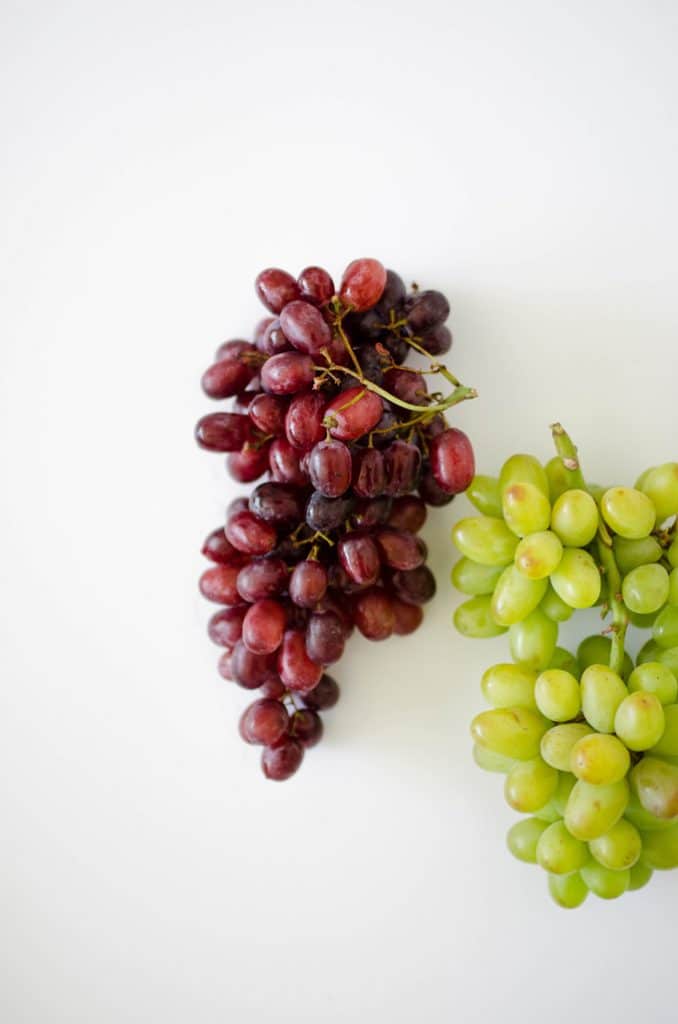
How to store grapes
Don’t wash grapes until you’re ready to eat, as the extra moisture will make them go bad faster. Store unwashed grapes in a plastic bag in the refrigerator for about a week.
For a tasty snack, freeze your soon-to-go-bad grapes. Wash and dry them, then freeze in a single layer on a baking sheet. Transfer to an airtight container and keep in the freezer for a quick summer snack!
Our favorite grape recipes
- Roasted Grape Pizza
- Frozen Grape Sorbet
- Smashed Sweet Potatoes with Roasted Grapes
- Goat Cheese Wrapped Crunchy Grape Bites
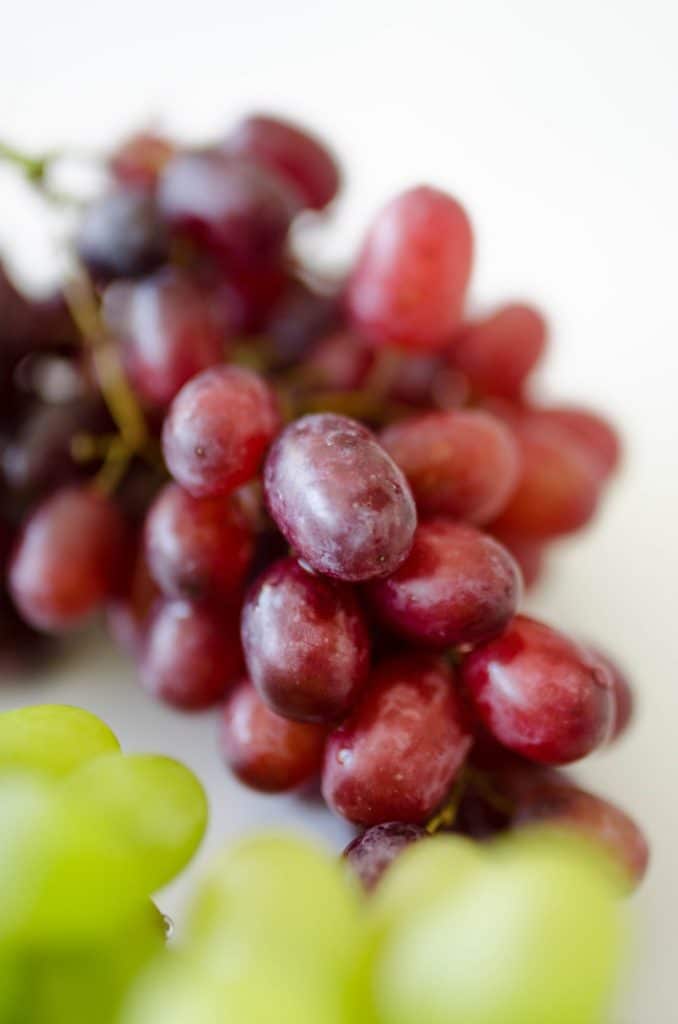
Nutrition information for grapes
per 1 cup fresh seedless grapes (92 g)
- Calories: 62
- Carbohydrates: 16 g
- Fiber: 0.8 g, 3% of Daily Value (DV)
- Protein: 0.6 g
- Fat: 0.3 g
- 6% DV of Vitamin C: A water-soluble vitamin that acts as an antioxidant to fight against potentially damaging free radicals (molecules with unshared electrons that float around wreaking havoc) and an important cofactor in collagen synthesis.
- 5% DV of Vitamin B6 (Pyridoxine): A water-soluble vitamin that works behind the scenes as a coenzyme in many important reactions within your body, including protein metabolism and red blood cell formation, among countless other functions.
Are Grapes Keto Friendly?
No, grapes are not suitable for ketogenic diets. According to the USDA a cup of whole grapes contains 16g of carbs. There are certainly higher carb fruits, but grapes should limited in a keto diet and eaten in moderation.

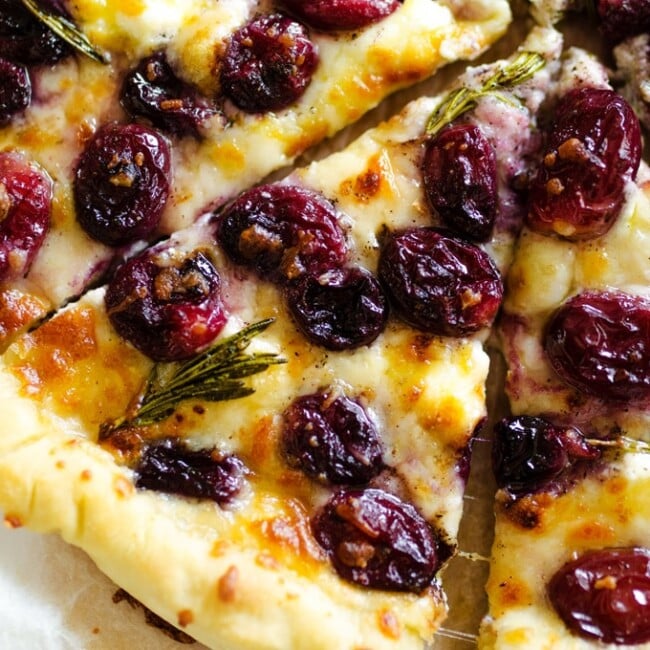
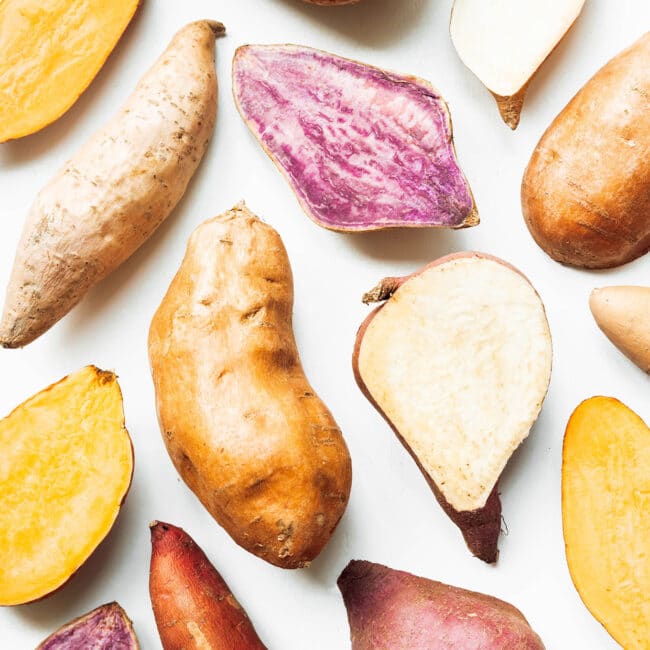
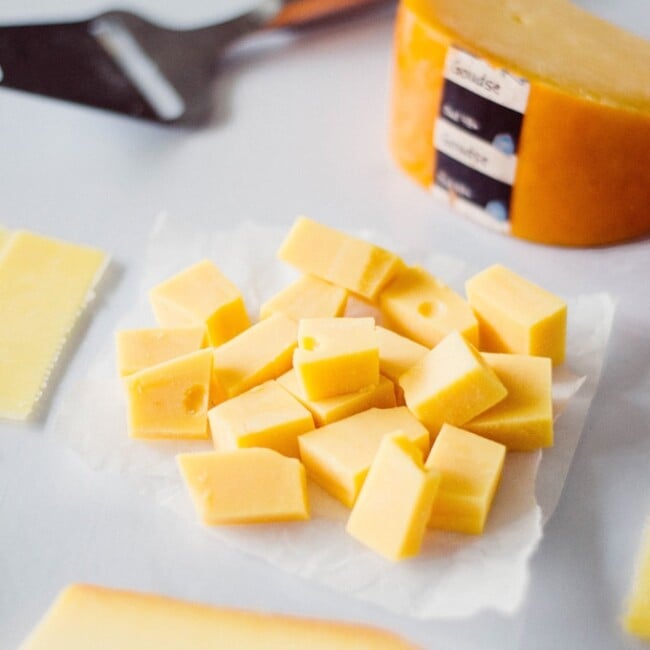
Rick says
I have planted two seedless varieties and this is the first year getting grapes. Both are thick skin and have seeds. Very much like wild grapes. Question is since I have so many wild vines growing in the woods behind my house have they taken over my seedless vines?
Sarah Bond says
It’s hard to say! Can you cut back the vines to protect the grapes?